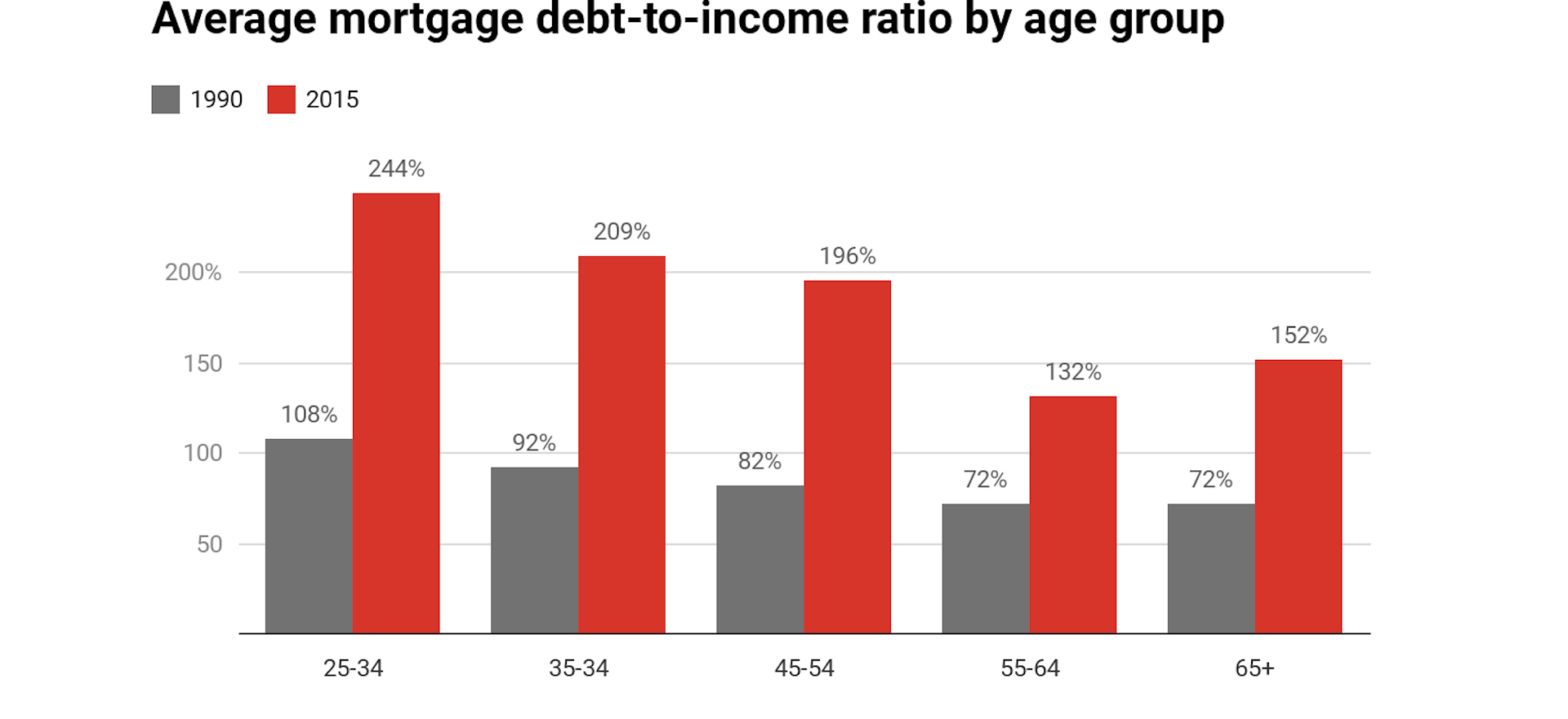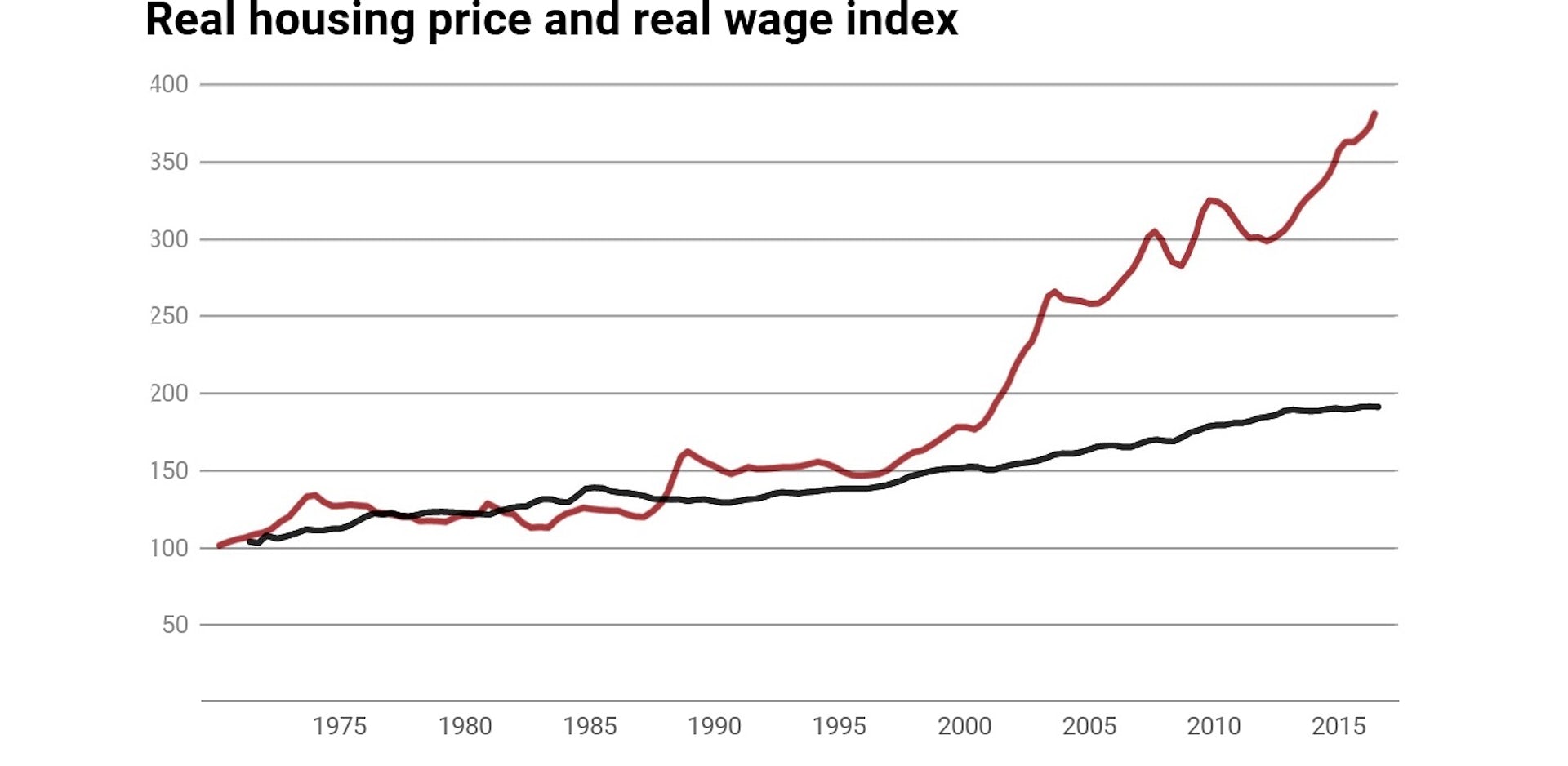From 1st July 2022, homeowners selling their home that has been owned for more than 10 years, can contribute up to $300,000 (per person) into a superannuation fund. But is it a financial advantage.
 The first consideration is the age pension and the second is property growth rates. Any amount contributing to a super fund for an age pensioner will be considered as an asset. This may affect pension entitlements.
The first consideration is the age pension and the second is property growth rates. Any amount contributing to a super fund for an age pensioner will be considered as an asset. This may affect pension entitlements.
Let’s look at the following 2 scenarios.
A 69 year old Single lady wants to fulfil her retirement years and is looking to use the equity in her home to enhance her later years. She is planning to sell her home for $1.4m and currently receives the full aged pension of $987.60 (eff. 21st March 2022). She intends to buy a two bedroom unit for $1.1m including costs. She would be left with $300,000 – the maximum she can contribute to super. Her current assets are home contents $10,000, car valued at $18,000, cash at bank of $25,000 and $65,000 remaining in super.
Whist her super will give her additional access to living out her dreams, there are two adverse effects in making this decision
– The growth in her future unit home will be far lower than the current freehold property. If the freehold family home grows at 5% per annum, after 10 years the property is forecast to be valued at $2.28m. If the growth in a unit is around 2%, the property is forecast to be valued at $1.34m. For comparison purposes, the difference between the options is forecast to be $940k.
– Age pension impact – As super would become an assessable asset, it is forecast that the current age pension of $987 p/f would become $545 p/f – a reduction of $442 p/f ($11,492 per annum). This lower payment would reduce further, when deeming rates are increased into the future.
A Couple aged 69 and 67 are retired, have a home valued at $2.0m and looking to downsize and buy an apartment valued at $1.4m including stamp duty of around $65k. This sale would allow them to put the maximum of $300k each into super. They currently have $340k in super, cars valued at $28k, home contents of $10,000 and cash reserves of $22,000. They each receive the full age pension of $744.40 p/f. ($38,708 per annum)
Whist their super will give them additional access to living out their dreams, there are two adverse effects in making this decision.
– The growth in the future apartment will be far lower than the current freehold property.
At 2% growth, the apartment would be valued at $1.63m in 10 years. The freehold family home, increasing by 5% per annum, would be valued at $3.26m in 10 years.
– As the contribution to super takes their assets over the threshold, they lose their total age pension payments of $38,708 per annum.
Whilst a decision to downsize may be formed around suitable accommodation for “ageing in place” needs, the financial results may lead to a lower asset position into the future.
A reverse mortgage is a strong option in these scenarios. If the purpose of downsizing is for providing additional income, consideration should be given to a reverse mortgage income stream to meet those needs. The result may lead to greater growth in an asset that is not assessable for age pension entitlements.
These scenarios are for illustration purposes only, and readers should contact Reverse Mortgage Finance Solutions to discuss their own circumstances.





